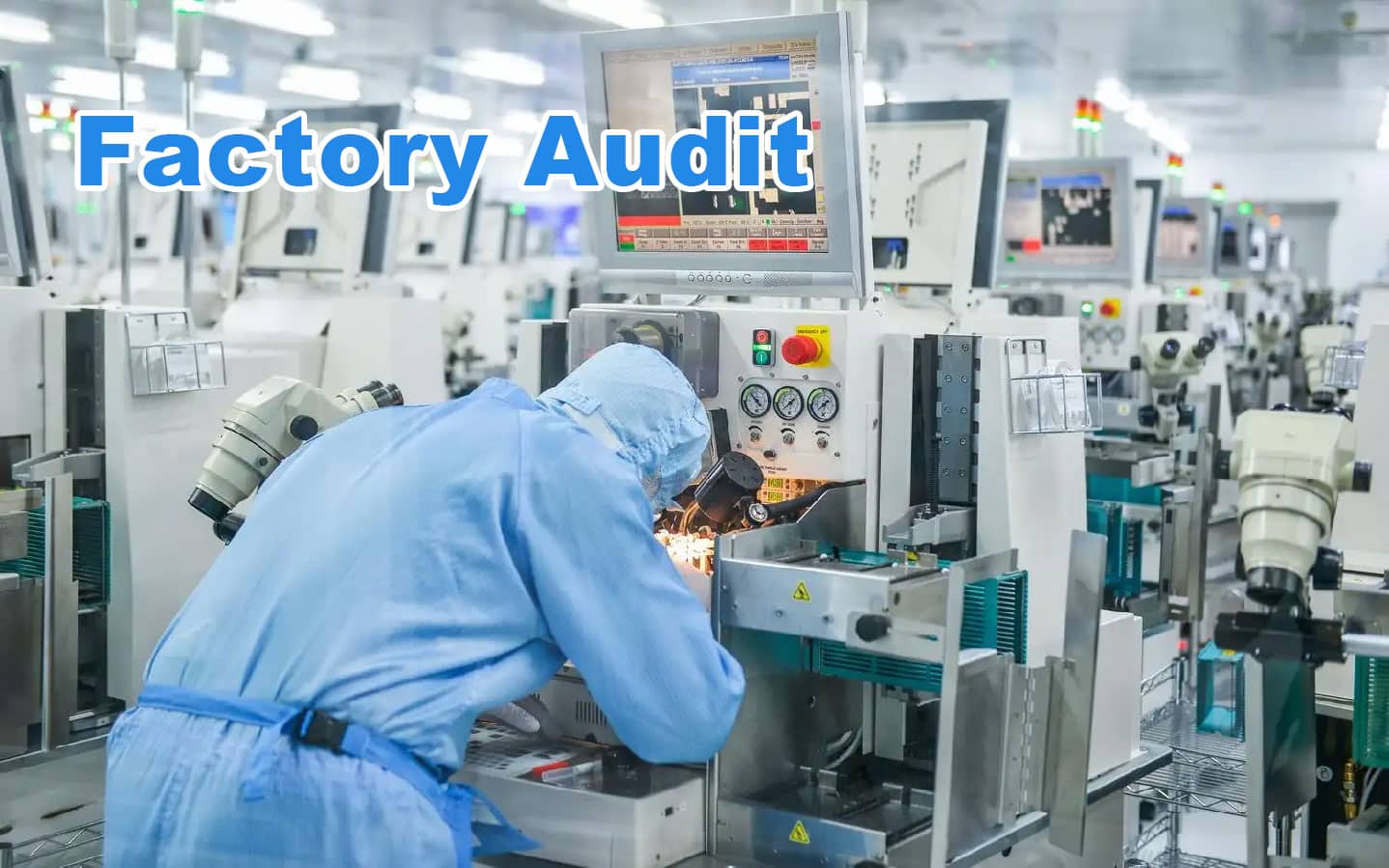Factory audit means that the orderer puts forward factory audit requirements in order to review the output and capacity of the cooperative factory, and evaluates whether the production status and environmental sanitation of the factory comply with national laws and regulations, and whether it meets the production capacity and quality requirements required by the trader. What exactly does the factory audit include? What are the specifications for factory audits? Specifically, there are the following points:

1. The Status of Wages and Benefits
- Regulations on the arrangement of working hours, rest on holidays, employee benefits such as medical expenses, work-related injuries, social insurance, personal rights, and the setting of security measures for manufacturers.
2. Safe Production
- ➀There should be a training and education mechanism and training materials for safe production and a training record.
- ➁High-risk processes should have isolated independent working areas. 5: All machines and equipment have a safety cutting mechanism, where there are gears or belt transmissions, cover should be installed, employees are prohibited from wearing loose clothes, and long-haired female workers should tie their hair.
- ➂High temperature, high pressure, and all machinery and equipment have shields and safety tips.
- ➃Hazardous chemicals should have independent special warehouses, and there is a system to limit their maximum storage capacity.
- ➄Hazardous chemicals that are easy to leak should have a second anti-leakage facility.
- ➅Employees exposed to hazardous chemicals should be issued free of charge goggles, activated carbon masks, rubber gloves, and other high-risk jobs should also be distributed free of charge to the head, ears and hands according to their needs
- ➆Machine maintenance, repair procedures, including machine maintenance, repair cards, or records.
- ➇Training records of relevant machine maintenance personnel (mechanical repair or affected employees).
- ➈Assessment report and rectification record of operating environment hazards.
3. Fire Safety
- ➀Safe exit, safe passage setting and ensure smoothness
- ➁The soundness of safety equipment such as emergency lighting, fire alarm bells, fire hydrants, fire extinguishers, etc
- ➂Disaster prevention and mitigation knowledge publicity, exercises.
4. Production Site Management (according to 5S requirements)
- ➀The on-site environment is clean and hygienic, and the ceiling is free of cobwebs and dirt.
- ➁The floor is complete and smooth, and the work area is demarcated.
- ➂Have safe drinking water and a regulated first aid kit.
- ➃List of trained first aiders and records of the use and filling of first aid kits.
- ➄The number of toilets (male and female, including factory buildings and dormitories) is reasonable.
- ➅On-site items are placed in an orderly manner.
- ➆All machinery and equipment are reasonably and neatly distributed, and are cleaned every day without dust and oil.
- ➇Daily maintenance of machinery and equipment, inspection records, etc.
- ➈There are separate training places for new employees.
- ⑩Workshop temperature monitoring system and related monitoring records.
- ⑪All warehouses and packaging workshops must have dry and wet temperature checks and anti-mildew measures.
- ⑫Employees are disciplined at work, dress clean and tidy, wear the label to go to get off work on time, do not fight, do not cause trouble, do not steal.
- ⑬Standardize production operations, train employees to work in strict accordance with operating procedures and work instructions, seek safety, improve efficiency, and focus on quality.
- ⑭The system is digitally controlled (the production system must have daily and monthly production statistical reports).
5. Quality Management
- ➀Have the required organizational structure and job responsibilities.
- ②There are quality inspection workflows for various departments and processes and random inspection standards in line with international standards (quality control manual or quality manual).
- ③There are the latest testing and testing equipment and advanced testing methods that meet international standards.
- ④There is a test report for each finished product or semi-finished product, including the test report for various raw materials provided by the supplier.
- ⑤There must be quality standards and quality tolerance ranges for each process (marked on the operation instruction book), and there are supervision measures for continuous improvement of product quality.
- ⑥There are daily quality inspection statistical reports and monthly quality inspection statistical reports for the production of the factory, and there is a mechanism for feedback from the top leaders of the factory.
- ⑦There are training plans, training materials and training records for each type of QC in the quality control department for future reference.